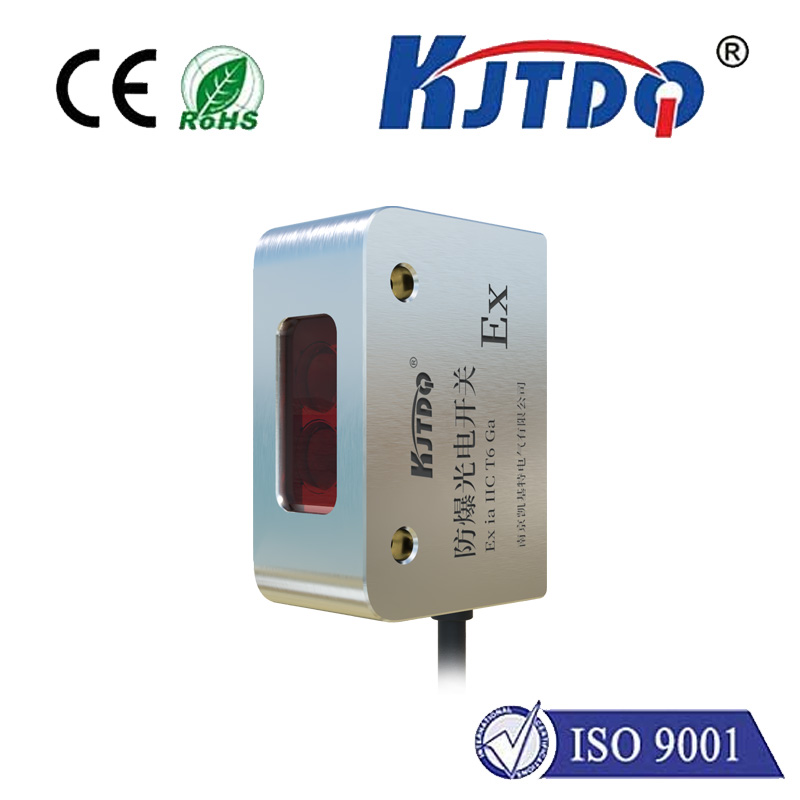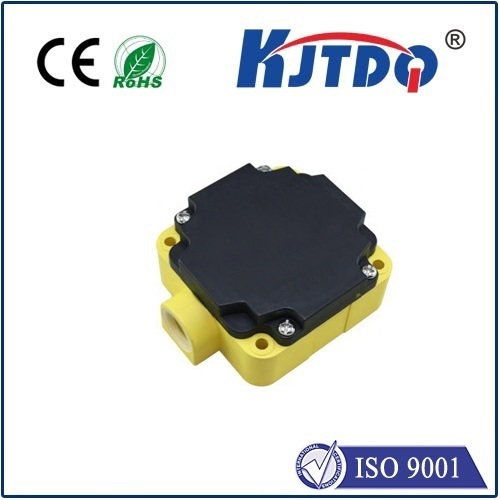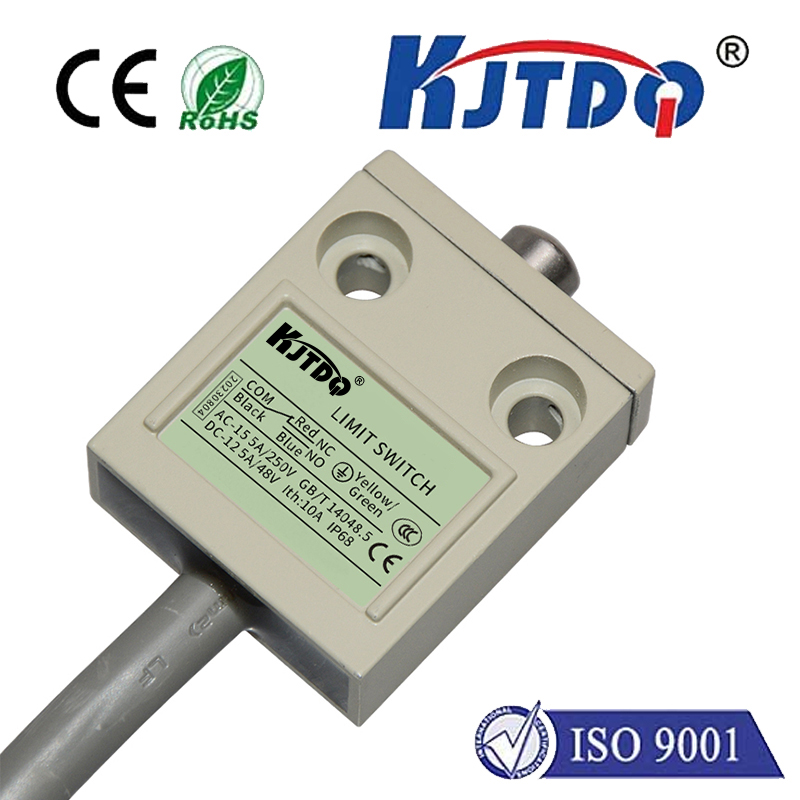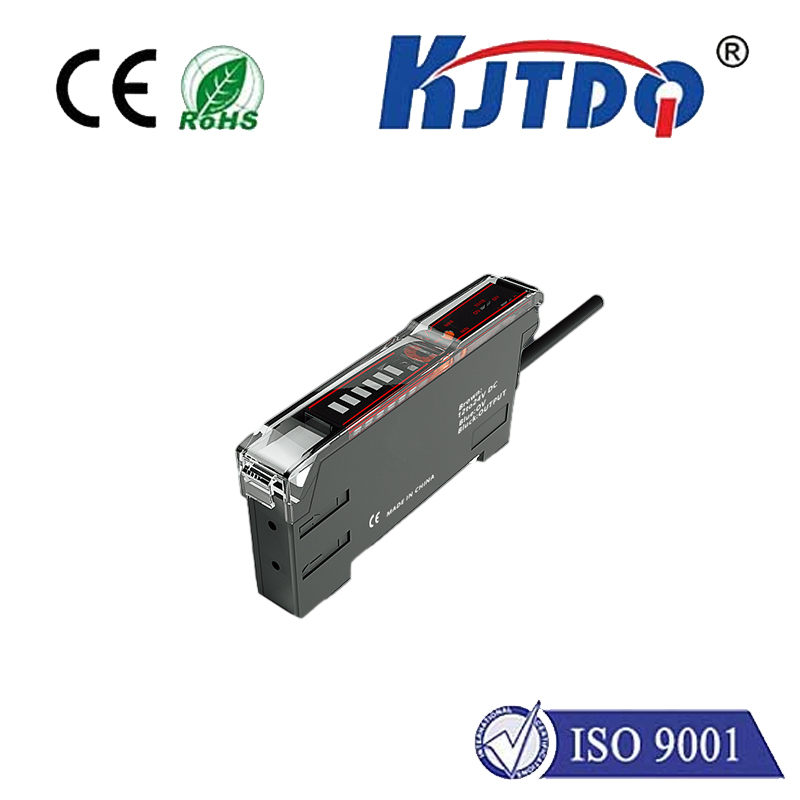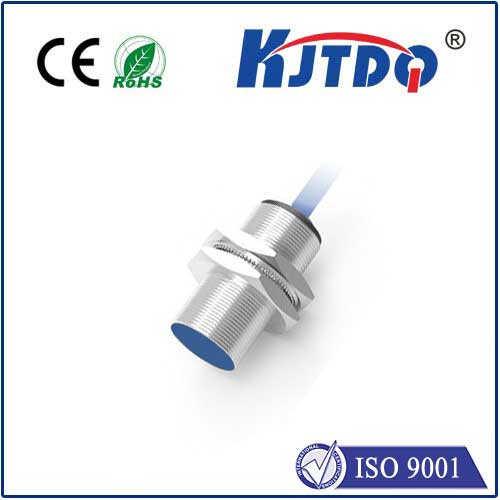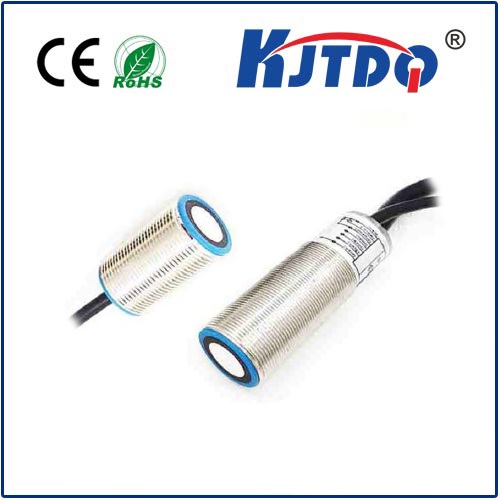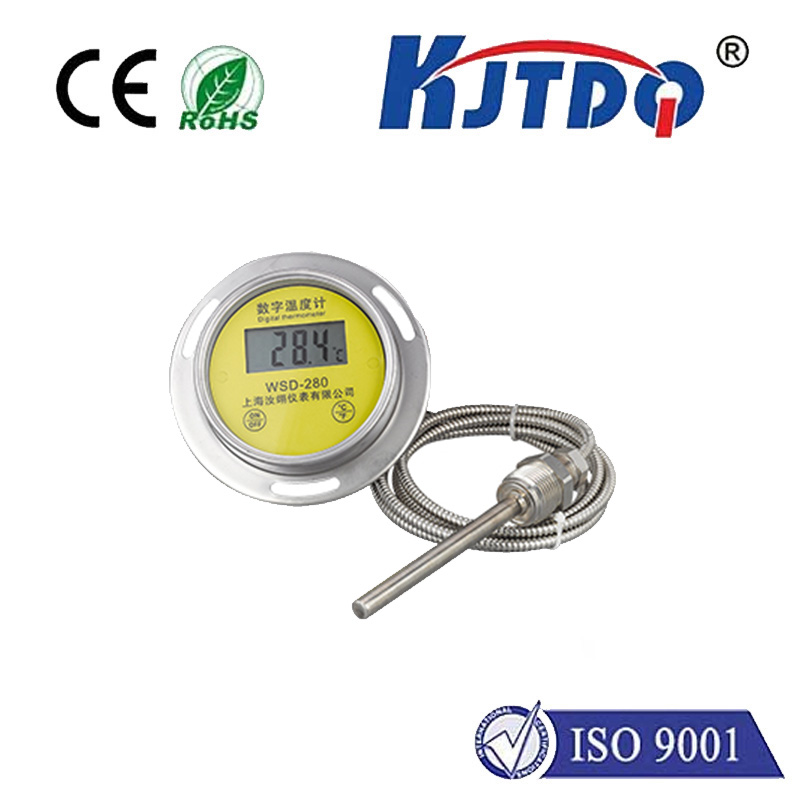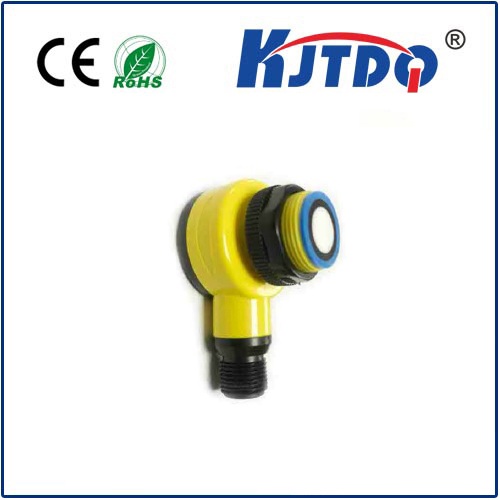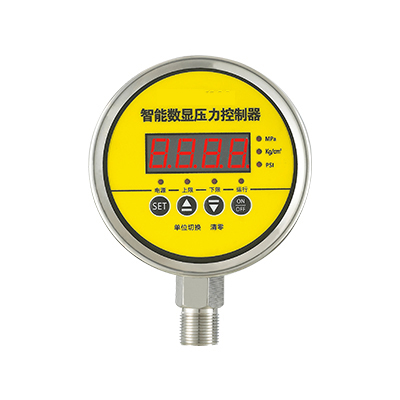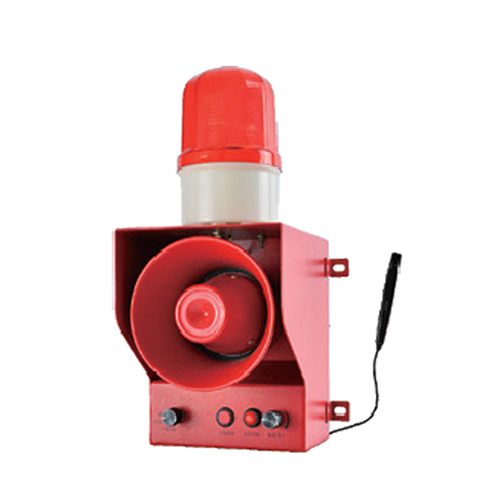

check

check

check

check

check

check

check

check

check

check
High Temperature Proximity Switch: A Revolutionary Breakthrough in Industrial Sensing
The realm of industrial automation has always been on the quest for sensors that can withstand the harshest conditions and provide accurate readings. One such breakthrough in this pursuit is the high temperature proximity switch, a game-changer in the field of industrial sensing. This innovative device not only expands the operational envelope of traditional proximity switches but also addresses the critical need for reliable detection in extreme temperatures.
What Is a High Temperature Proximity Switch?
At its core, a high temperature proximity switch operates on the same principle as its standard counterparts, using electromagnetic fields to detect the presence or absence of metal objects without physical contact. However, what sets it apart is its ability to function flawlessly in environments where temperatures soar to 150°C (302°F) or even higher. Crafted from specialized materials and equipped with advanced electronics, these switches are designed to maintain performance and reliability under intense thermal stress.
Key Features and Benefits

The high temperature proximity switch boasts several features that make it an essential tool in industries grappling with extreme heat conditions:
1. Heat Resistant Design: Constructed using high-temperature resistant materials like PEEK (polyether ether ketone), these switches can endure prolonged exposure to elevated temperatures without degradation.
2. Stable Performance: Engineered to minimize the impact of thermal variations on its internal components, the switch ensures consistent output signals across wide temperature ranges.
3. Versatile Applications: From steel manufacturing to glass production, cement kilns to petrochemical processing, high temperature proximity switches find use in diverse sectors where overheating is commonplace.
4. Safety and Reliability: By reducing the risk associated with failure due to heat, these switches enhance safety protocols and prevent unplanned downtime, which could be costly and hazardous.
Incorporating High Temperature Proximity Switches
Integrating a high temperature proximity switch into your industrial setup involves careful consideration of installation parameters and compatibility with existing systems. Consultation with manufacturers or system integrators familiar with high-temperature applications is crucial to ensure the switch is properly configured and installed for optimal performance.
Future Implications
As industry standards continue to evolve and demands for robust automation rise, the high temperature proximity switch represents a significant step forward. It not just extends the operating boundaries of sensing technology but also paves the way for further advancements that could lead to even greater resilience and functionality.
Conclusion
The advent of the high temperature proximity switch marks a milestone in the evolution of industrial sensors. Its capacity to thrive in extreme heat opens new horizons for process control, equipment protection, and safety management within high-temperature environments. As we move forward, expect to see more innovations like this one, pushing the boundaries of what's possible in industrial automation and beyond.
